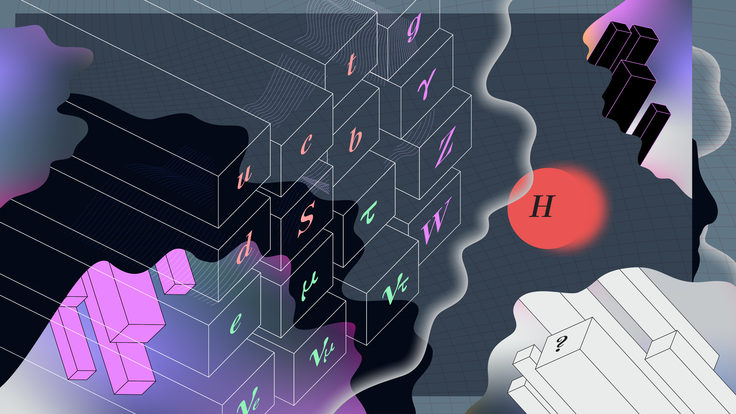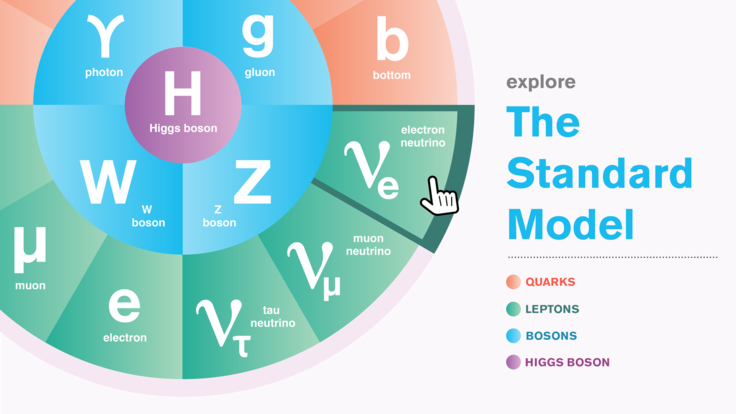The DZero experiment at Fermilab’s Tevatron collider has confirmed the discovery of a new particle from an experiment at CERN’s Large Hadron Collider.
In December, scientists on the ATLAS experiment at the LHC announced that they had unearthed in their data a never-before-seen particle composed of two bottom quarks, called Chi-b (P3). The DZero collaboration now has made public in a paper submitted to Physical Review D that they also see the Chi-b (P3) particle.
“Confirming the existence of this composite particle demonstrates the power and importance of the Tevatron in the area of cross-checking discoveries at the LHC,” said Dmitri Denisov, DZero co-spokesman and physicist at Fermilab.
The particle adds to a group of previously discovered particles composed of bottom quarks rotating in various ways. These rotation patterns are called excited states, and theorists have long predicted about 20 such states to exist for this type of composite particle.
While a lot of research at particle colliders focuses on the search for the Higgs boson and other elementary particles, confirming composite particles predicted by theory is an important step toward furthering our understanding of the world around us. The inner workings of the Chi-b (P3) particle offer physicists a simple system in which to observe how the strong force operates—the force that also binds together the protons and neutrons that form atom’s nuclei. The strength of the strong force determines which elements exist and how long stars live.
Scientists found that the Chi-b (P3) particle is slightly heavier than predicted, meaning the quark anti-quark pair is a little more loosely bound than expected.
“While the Higgs boson is predicted to give mass to elementary particles, it is the strong force that indirectly controls much of the mass of protons and neutrons, which are made of quarks, and hence the mass of everyday objects,” said Gregorio Bernardi, DZero co-spokesman and physicist at the Nuclear Physics Laboratory of the High Energies, or LPNHE, in Paris. “We can learn more about that force by studying this new particle.”







